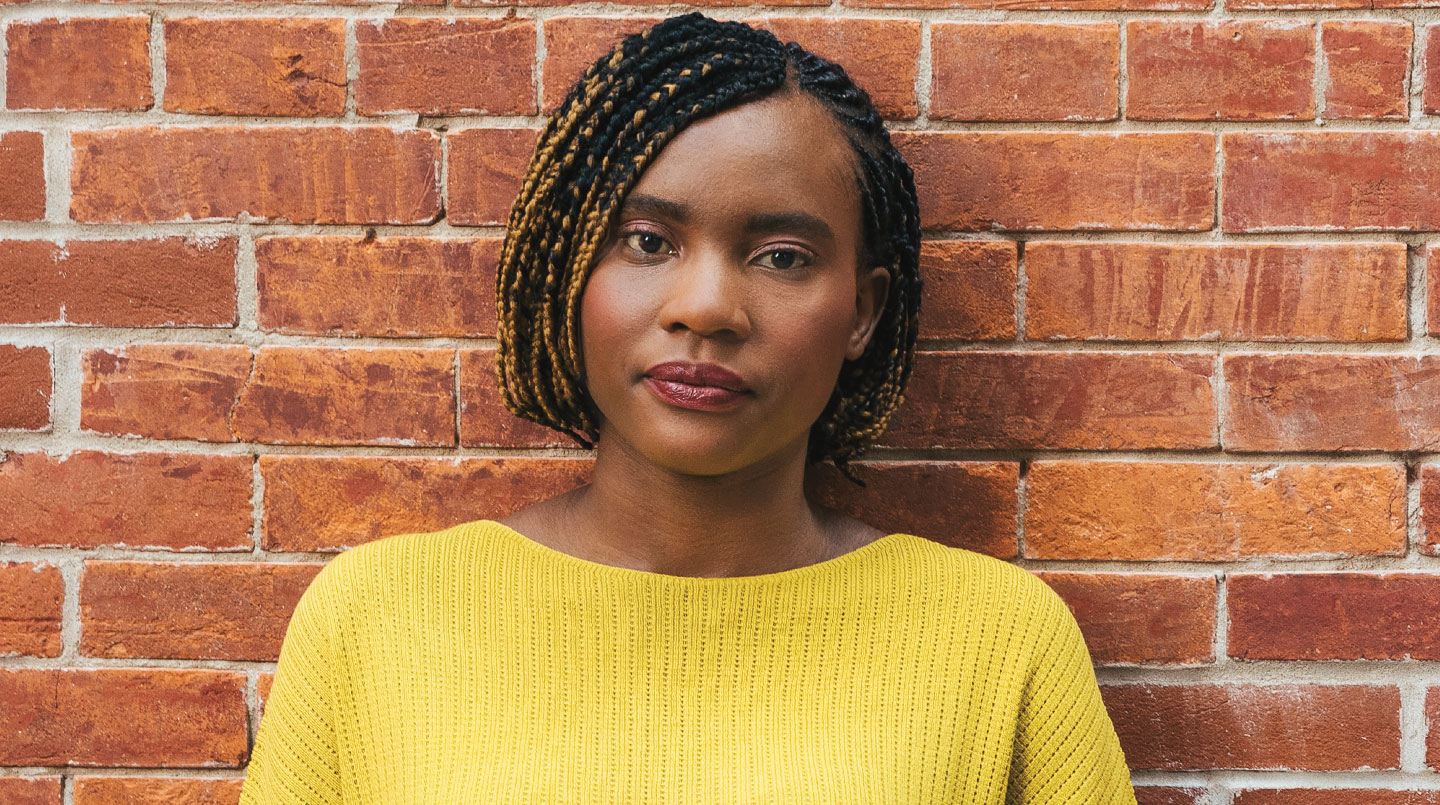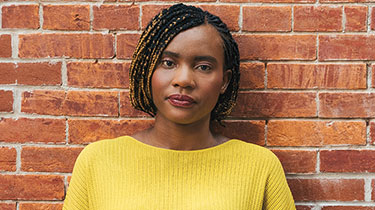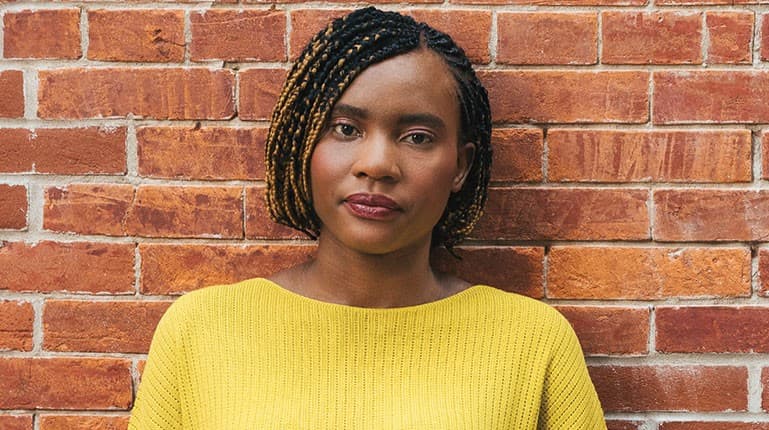Marie Claire Kaberamanzi will never forget the pounding at the door. The then-12-year-old and her family were getting ready for bed when they heard the mob approaching.
Outside, nearly a dozen men armed with machetes and knives were circling their small one-room house.
As refugees from the Democratic Republic of the Congo (DRC), Marie Claire and her family were accustomed to being harassed in Zambia, the African country to which they had fled. People would shout at them in the streets, accusing her parents of stealing their jobs and draining the country’s resources. But rarely had they felt their lives were in danger—until now.
As Marie Claire and seven of her siblings huddled in the corner of the room, their parents begged the men to leave. Ignoring their pleas, the mob burst through the front door, dragged her father into the street, and beat him. Then the men turned on her mother.
Paralyzed with fear, Marie Claire sat frozen, sobbing into her hands until the attack was over. It lasted only a few minutes, but it changed her life forever. “It was terrifying,” Marie Claire recalls years later. “And the worst part was that there was nothing we could do to help them.”
Marie Claire Kaberamanzi will never forget the pounding at the door. Marie Claire, then 12 years old, and her family were getting ready for bed. They heard the mob approaching.
Nearly a dozen men were outside. They were armed with machetes and knives. The men were circling their small one-room house.
Marie Claire and her family are refugees from the Democratic Republic of the Congo (DRC). They were used to being harassed in Zambia. Zambia is the African country to which they had fled. There, people would shout at them in the streets. They would accuse Marie Claire’s parents of stealing their jobs and draining the country’s resources. But rarely had the family felt their lives were in danger—until now.
Marie Claire and seven of her siblings huddled in the corner of the room. Their parents begged the men to leave. The mob ignored their pleas. The men burst through the front door. They dragged her father into the street and beat him. Then they turned on her mother.
Marie Claire was paralyzed with fear. She sat frozen while sobbing into her hands until the attack was over. It lasted only a few minutes, but it changed her life forever. “It was terrifying,” Marie Claire recalls years later. “And the worst part was that there was nothing we could do to help them.”



